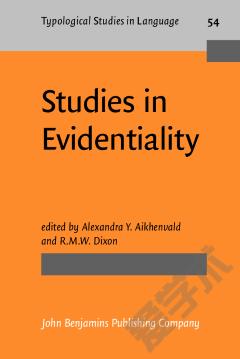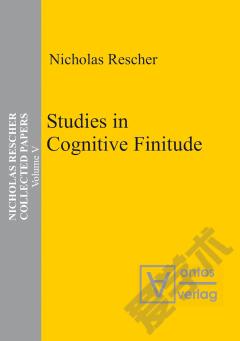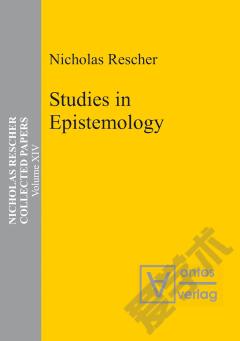Studies in Evidentiality.
In a number of languages, the speaker must specify the evidence for every statement whether seen, or heard, or inferred from indirect evidence, or learnt from someone else. This grammatical category, referring to information source, is called ‘evidentiality’. Evidentiality systems differ in how complex they are: some distinguish just two terms (eyewitness and noneyewitness, or reported and non-reported), while others have six (or even more) terms. Evidentiality is a category in its own right, and not a subtype of epistemic or some other modality, or of tense-aspect. The introductory chapter sets out cross-linguistic parameters for studying evidentiality. It is followed by twelve chapters which deal with typologically different languages from various parts of the world: Shipibo-Conibo, Jarawara, Tariana and Myky from South America; West Greenlandic Eskimo; Western Apache and Eastern Pomo from North America; Qiang (Tibeto-Burman); Yukaghir (Siberian isolate); Turkic languages; languages of the Balkans; and Abkhaz (Northwest Caucasian). The final chapter summarises some of the recurrent patterns.
{{comment.content}}








 京公网安备 11010802027623号
京公网安备 11010802027623号